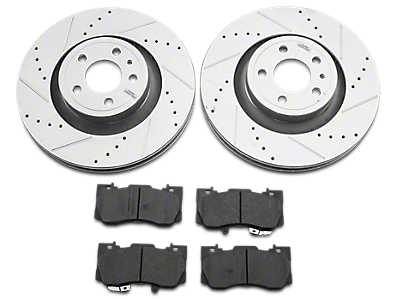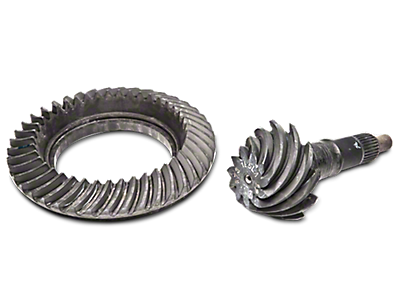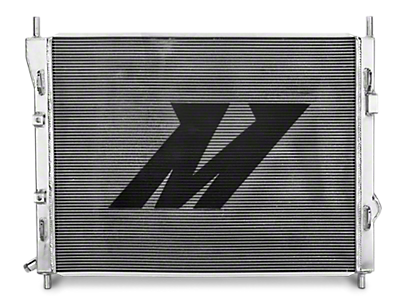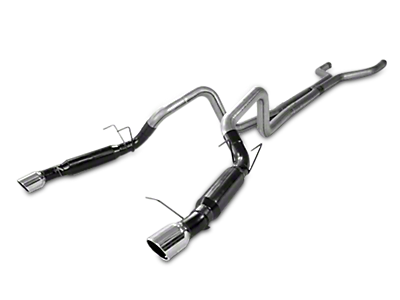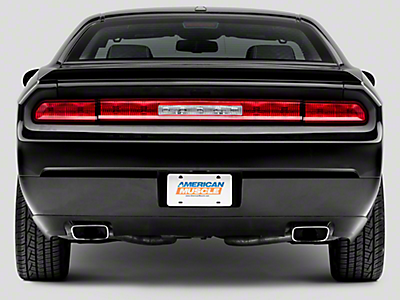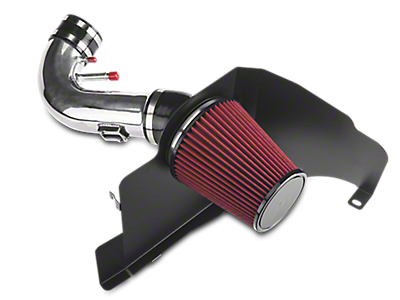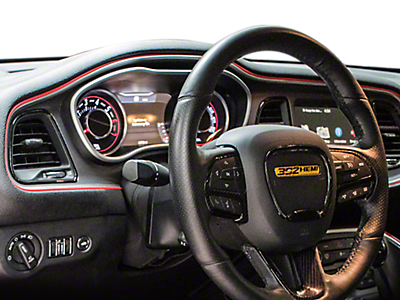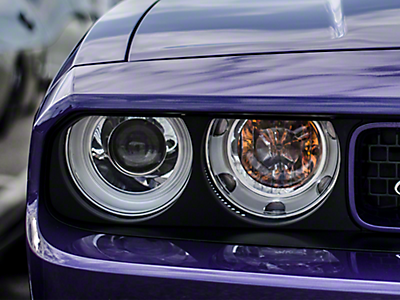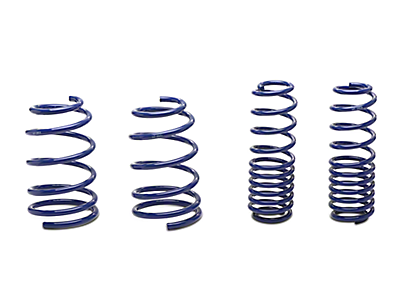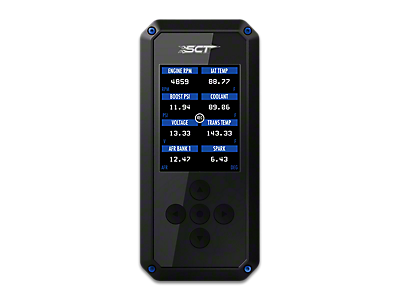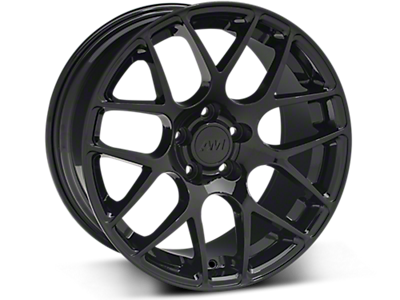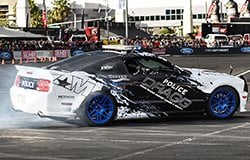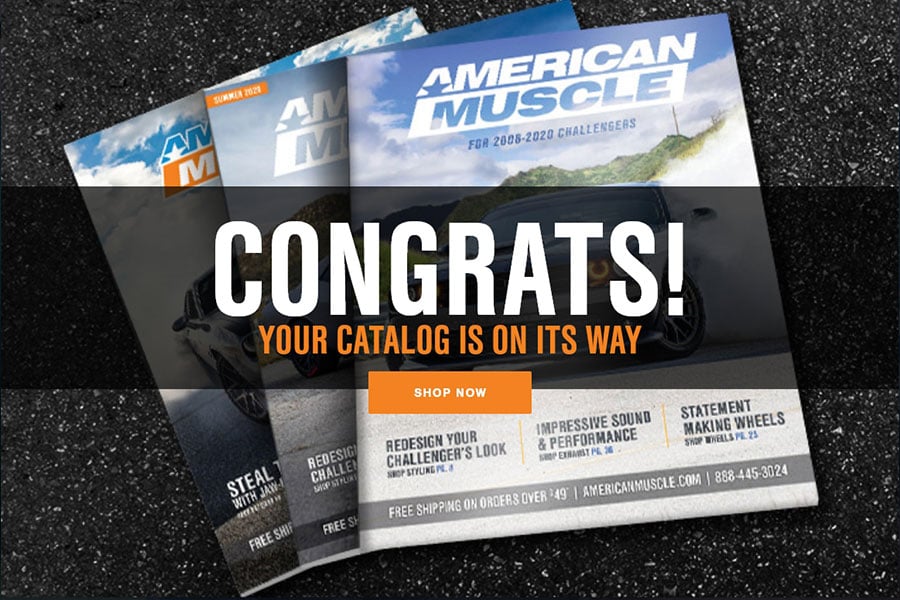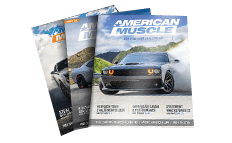2014 Dodge Challenger
The 2014 Dodge Challenger is well established into the second-generation production run. With minimal changes made from the year prior, the 2014 Challenger continues to offer an SXT base version, R/T and SRT-8 models. Power remains unchanged, with the V6, 5.7LHemi V8 and 6.4L Hemi V8 producing 305, 375 and 470 horsepower, respectively. Whilst Dodge may have left the 2014 Challenger unchanged, you don’t need to. Below are a few ideas on how to modify your 2014 Challenger.
Shooting Nitrous
Equipping your 2014 Dodge Challenger with a nitrous kit is an excellent way to instantly add a whole bunch of power without breaking the bank. Stored as a liquid in a 10lb bottle, when injected into the intake and then compressed in the combustion chamber, nitrous creates an oxygen rich mixture that produces immediate power. How much power is made is entirely dependent on how much nitrous is injected, and this is controlled by the size of the jet included in the kit (and most kits include multiple jet sizes, up to 200). For example, a 75 shot would include a nozzle that will spray an amount of nitrous that adds the equivalent of 75 horsepower. In regards to a stock 2014 Challenger, this is the limit in which the engine can safely handle before modifications are necessary to the fuel system and camshaft. In regards to a dry or wet system, here are the key differences:
- A wet kit features both a nitrous feed line and fuel line (this plumbed into the stock fuel system) at the spray plate. When injected, the nitrous is mixed with fuel right at the plate - fuel amount is managed by an additional solenoid - and the combo nitrous/fuel mix is sent to the intake manifold. This setup is simple and requires no real fuel system changes provided the in-tank pump is capable of supplying both the regular fuel line and the feed line for the nitrous (and with a small shot of nitrous, the stock pump is capable).
- A dry kit only injects the nitrous at the spray plate and it is the job of the regular fuel injectors and sensors to add in the appropriate amount of fuel. Dry systems need a custom tune and specific fuel system changes, making them better suited to drag-only Challengers.
For street going Challengers, a wet system is highly recommended.
Reduce Body Flex
Weighing in at over 4000 lbs, the 2014 Challenger is a heavy muscle car. The unequal length double wishbone suspension up front does a good job of hiding that mass, but when really pushing the car through a corner, body roll can be apparent. One modification that can help reduce chassis flex is a strut tower brace. A two-point strut bar spans the horizontal length between the front shock towers, adding rigidity and resistance to the twisting forces the chassis will experience when cornering under speed. A three-point, or triangular, strut bar ties the shock towers together and provides a third point of contact, also connecting to the firewall. This makes for an even stronger brace, however it is usually necessary to drill through the firewall in order to bolt it, making a triangular strut brace more complex to install. Once installed, expect your 2014 Challenger to exhibit less roll through the corners in addition to more responsive steering feel.
Get a Grip
Both the TR6060 6-speed manual transmission and the W5A580 5-speed automatic transmission feature removable shift knobs and shift assemblies. For those that just want to change the aesthetic of their interior, swapping out the OEM knob with a retro-inspired pistol grip or 8-ball shift knob is a subtle way to pay homage to the original-era Challenger.

